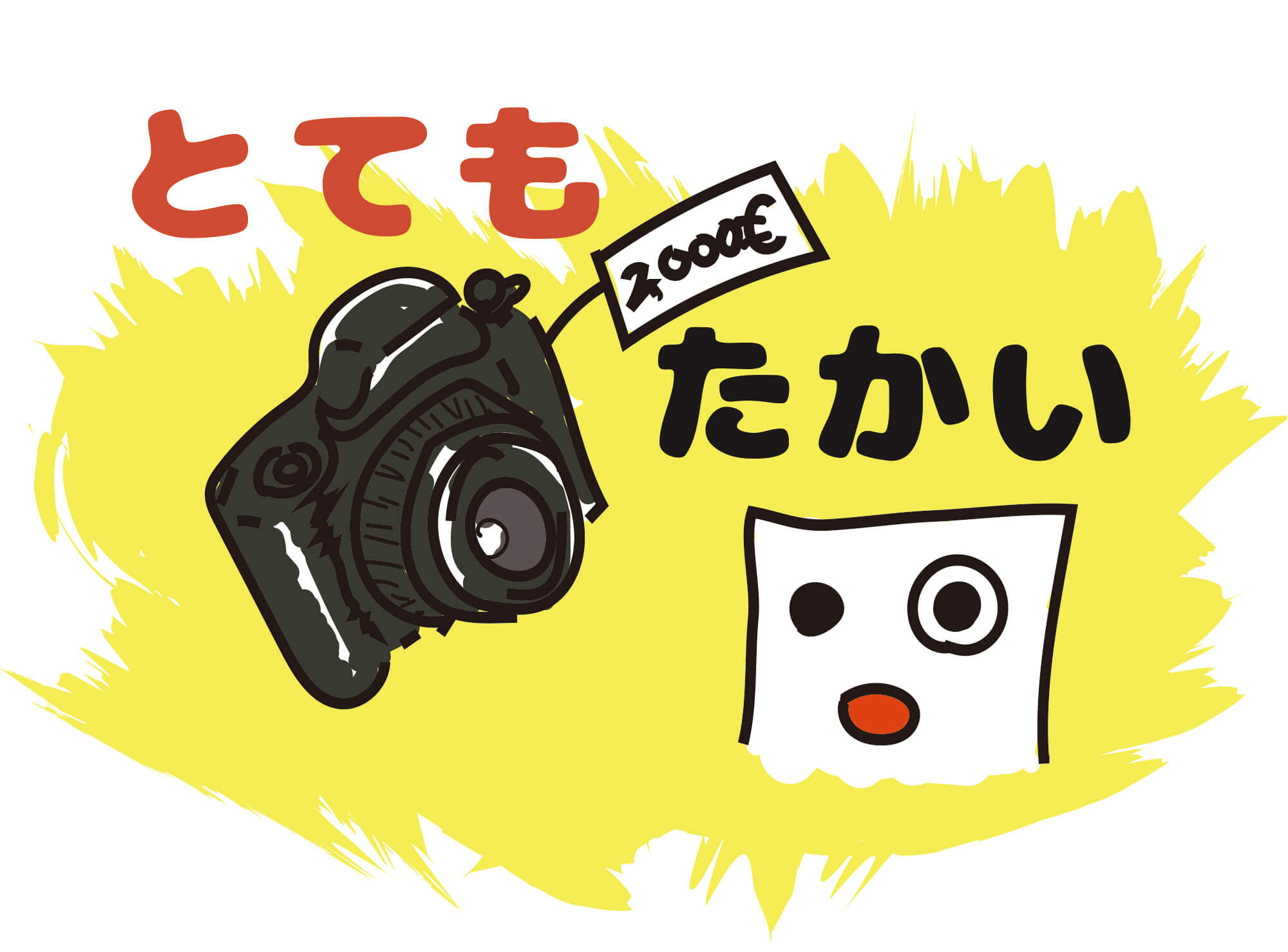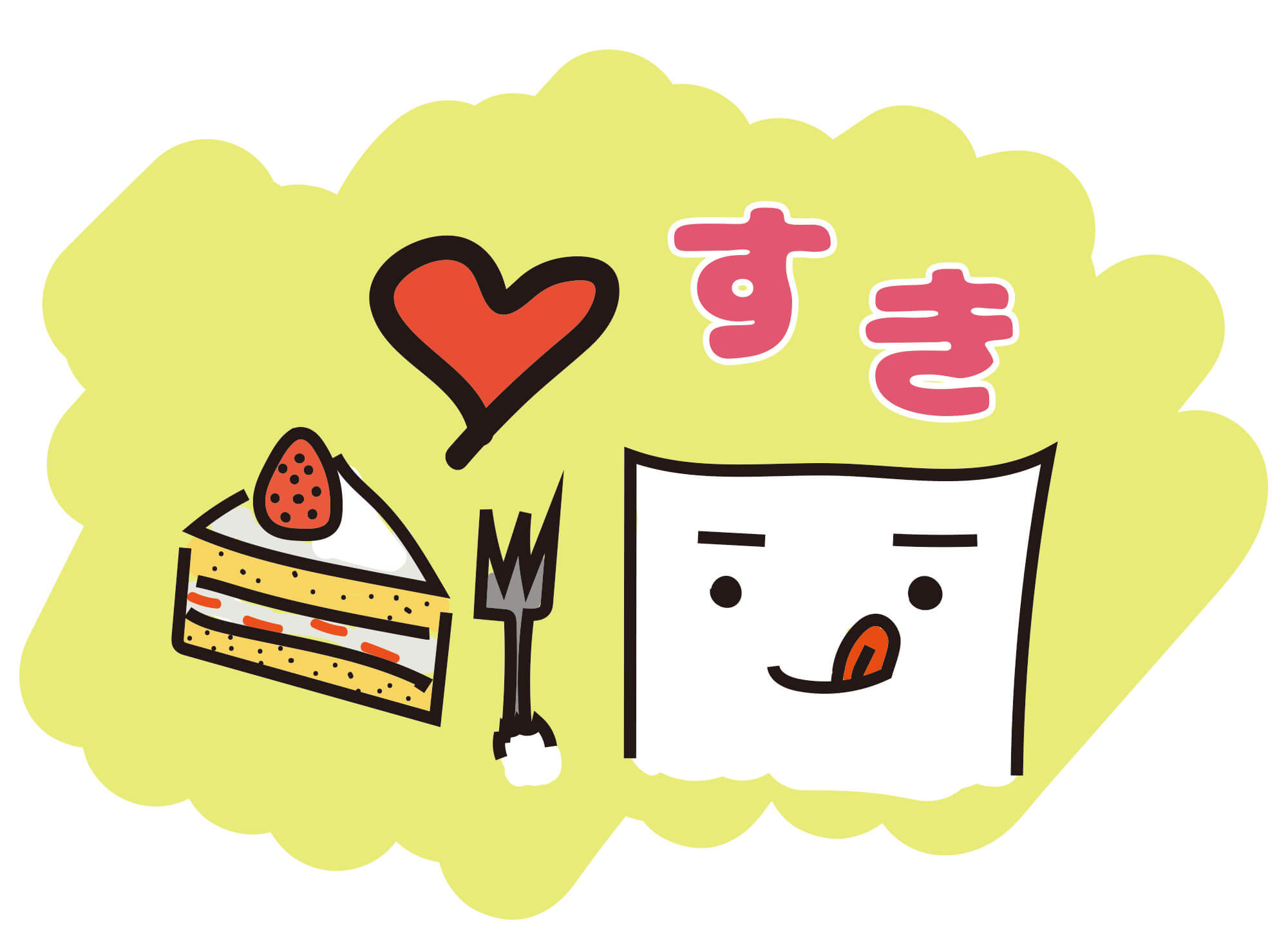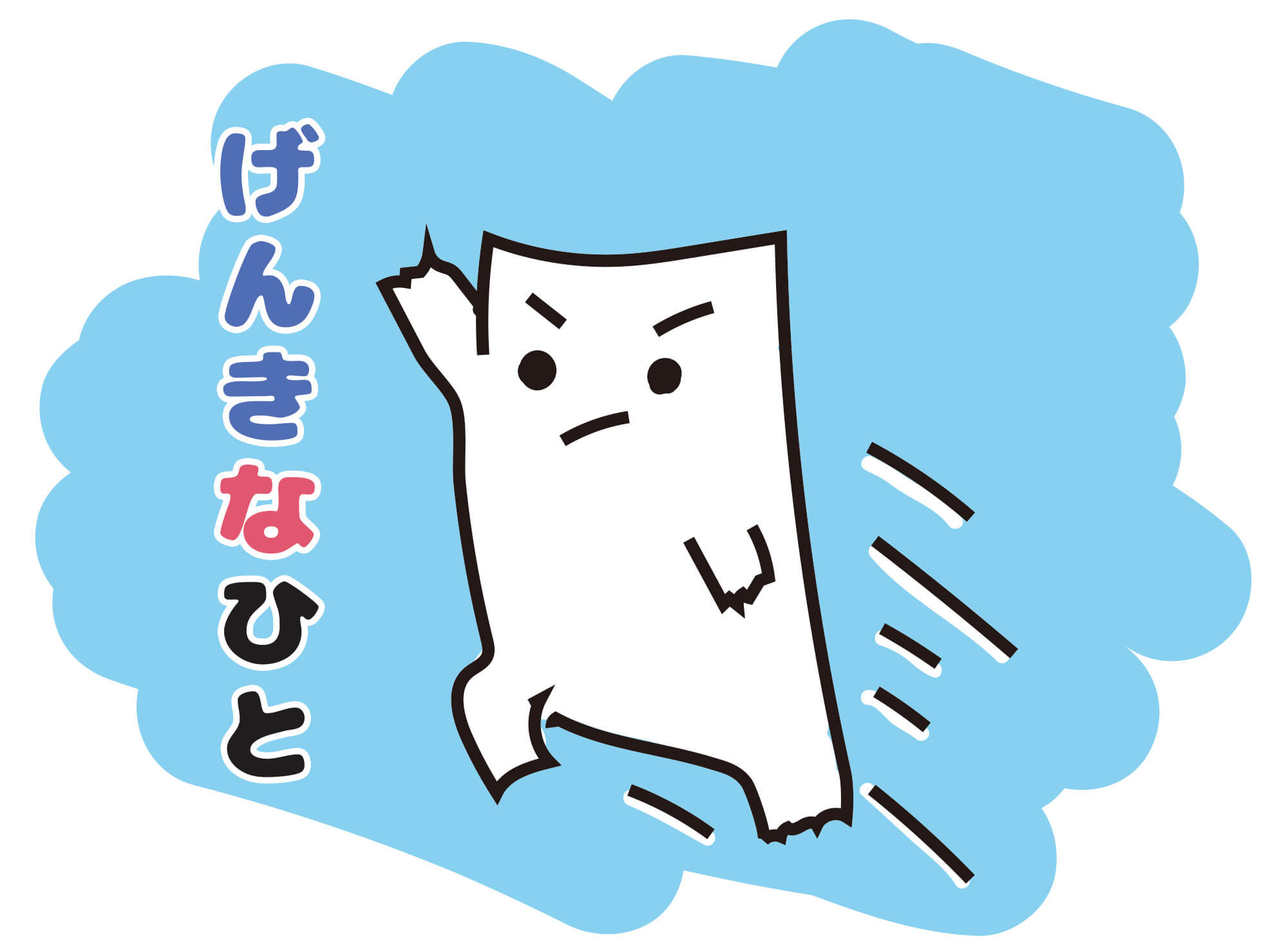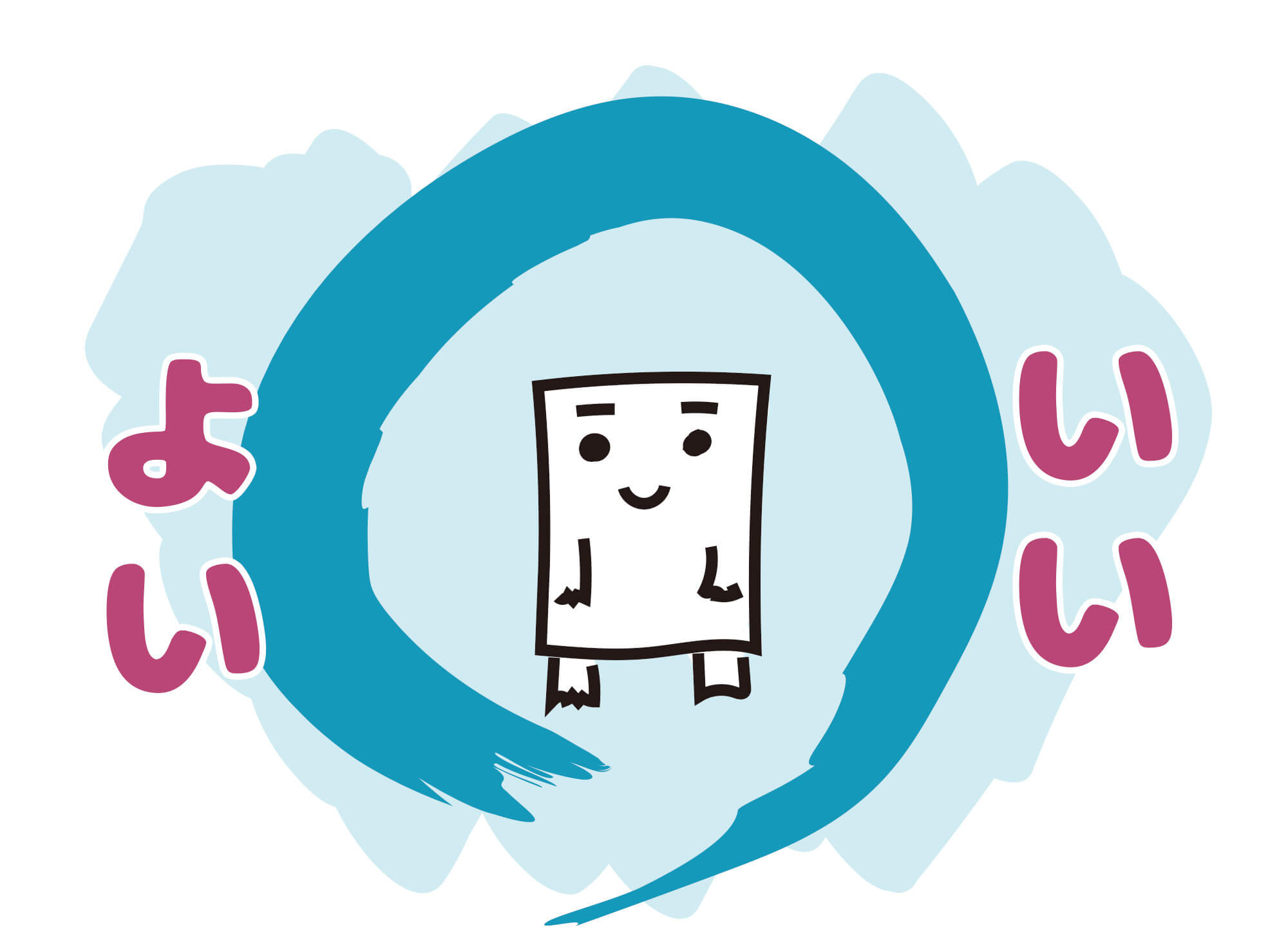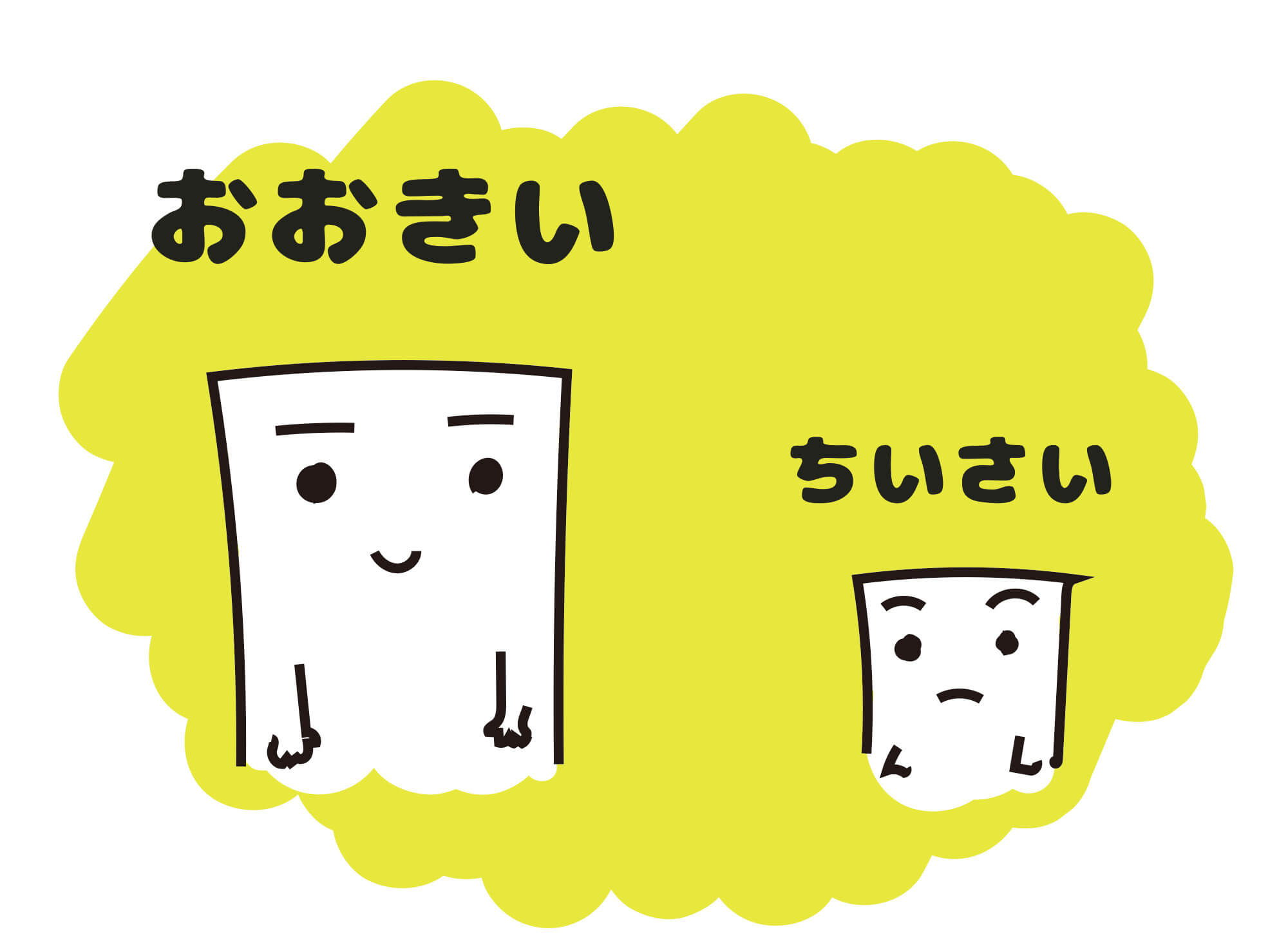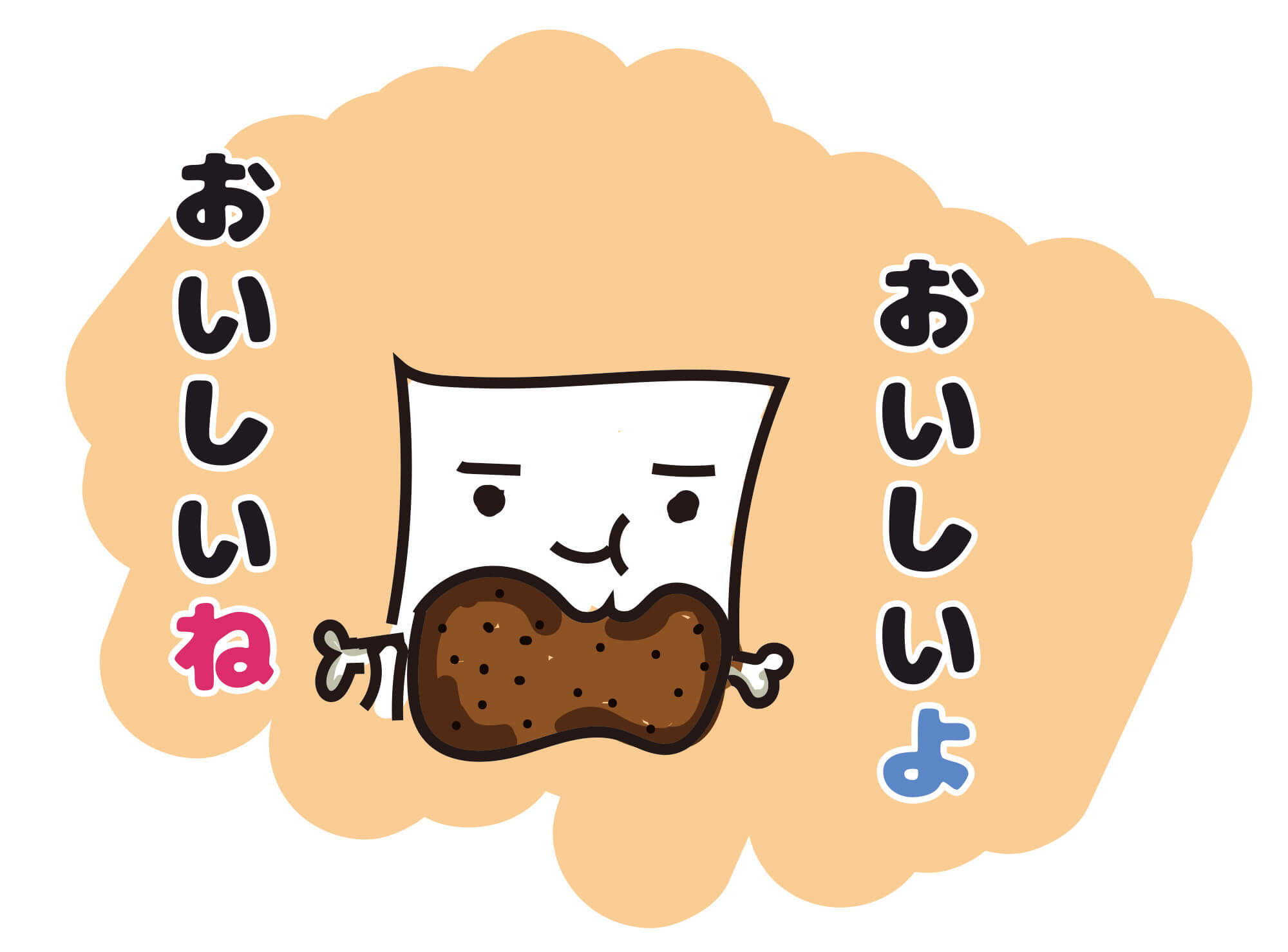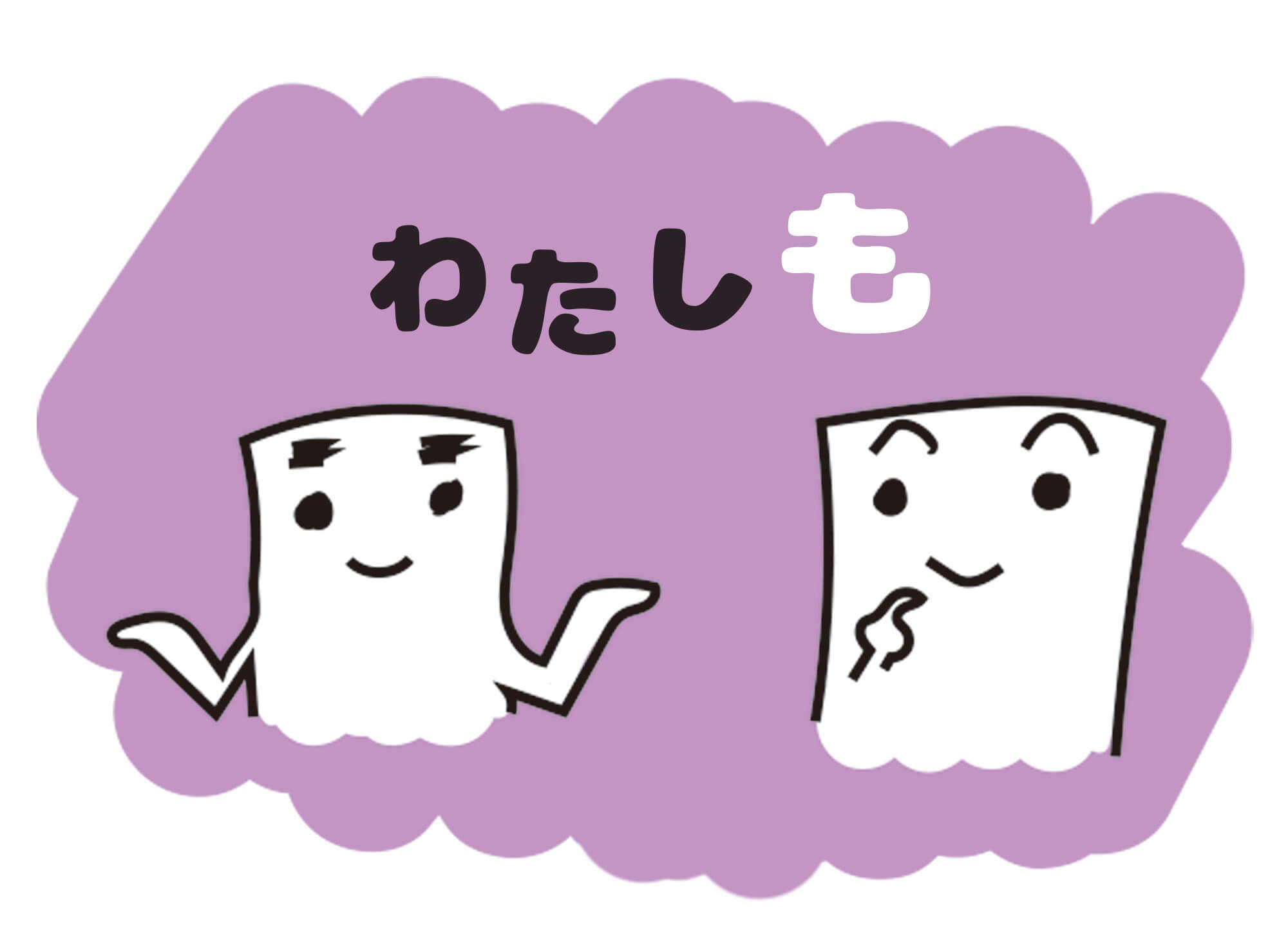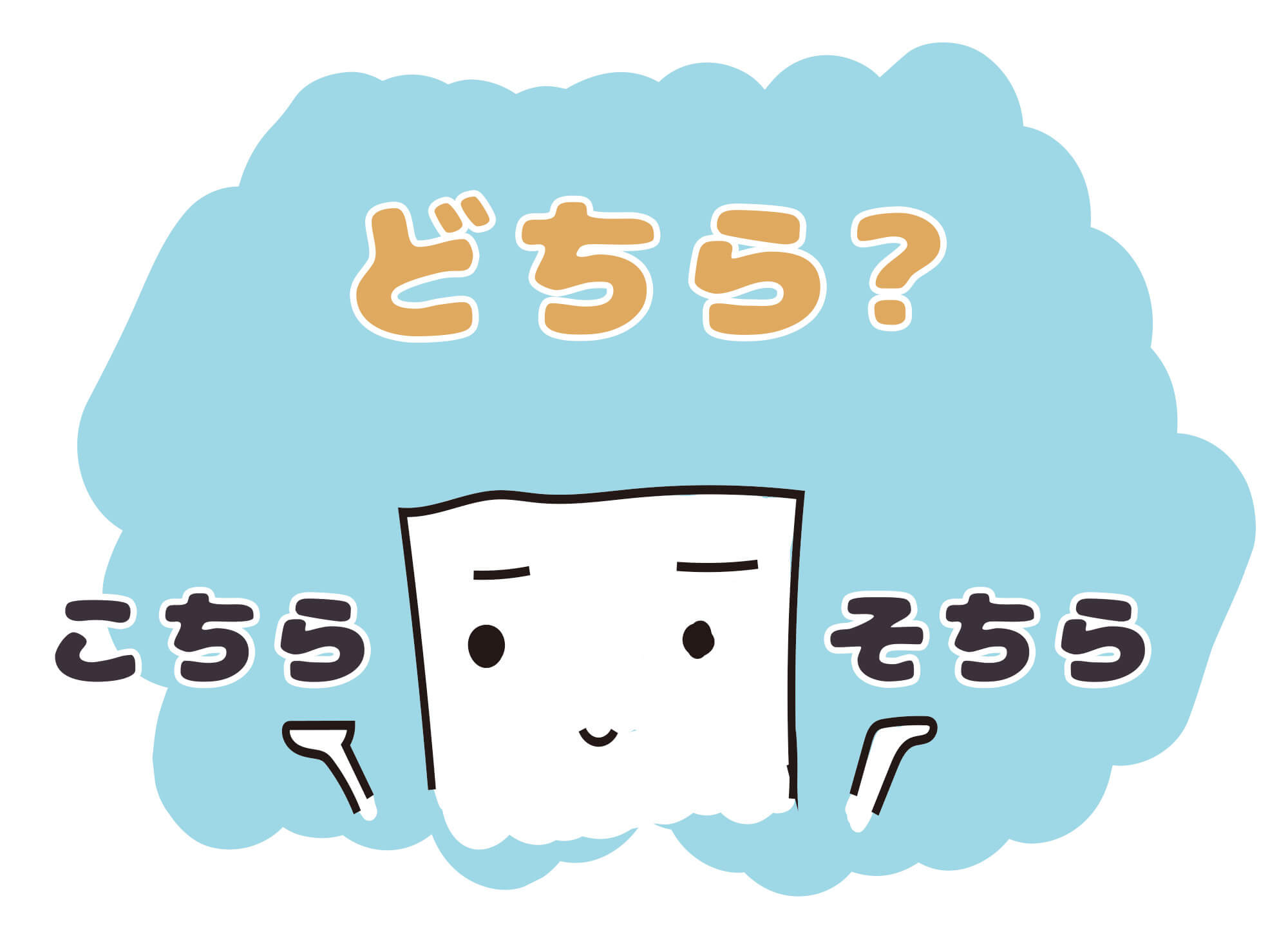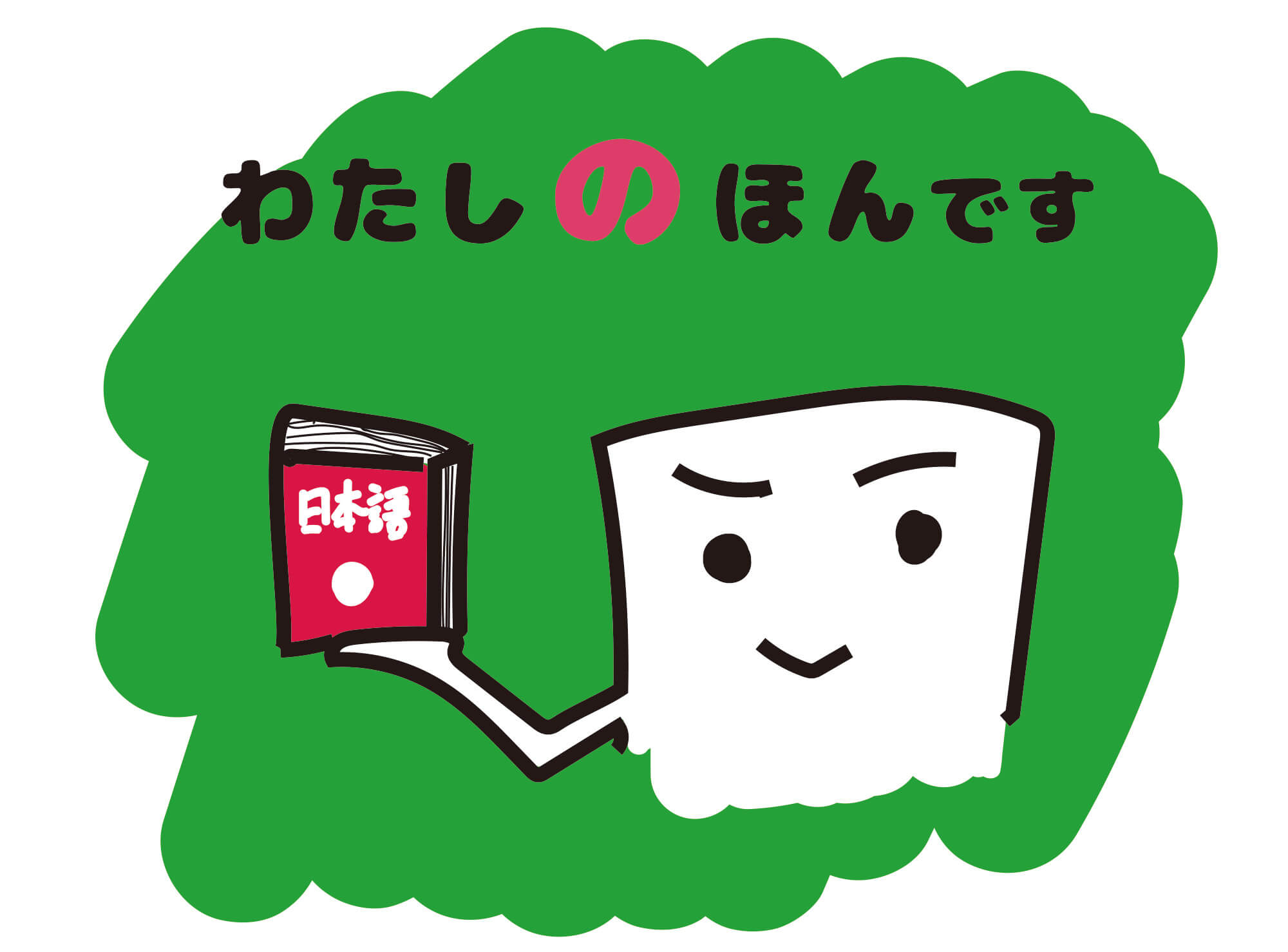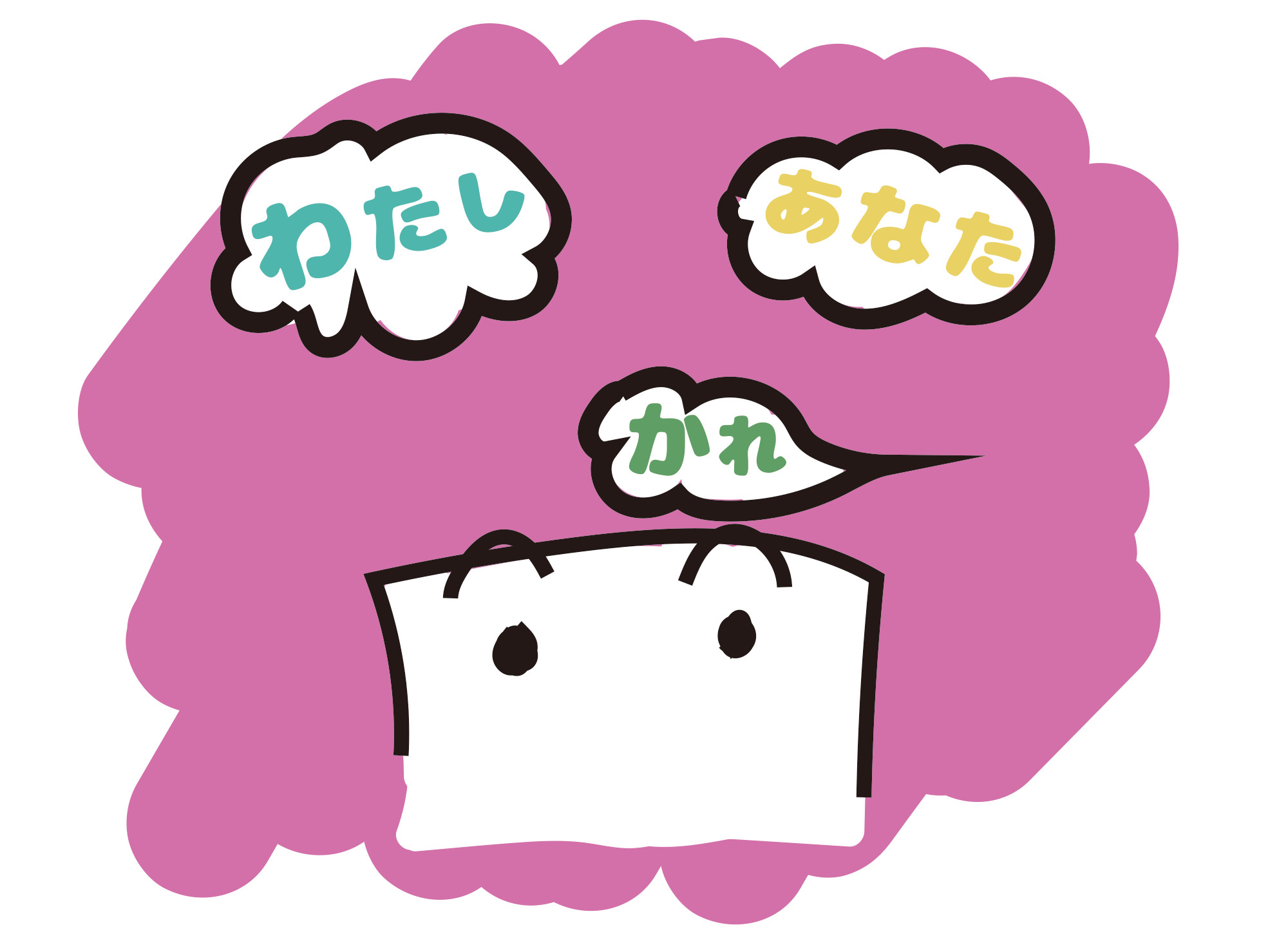Very : とても Not very, not much : あまり とても and あまり are placed before the adjective. とても can be translated by“very”in English. あまり is always used with the negative form. きょうは とても さむいです。 It is very cold today. サラは とても しんせつです。 Sarah is very kind. あのワインは あまり ゆうめいではありません。 That wine is not very famous. きょうは あまり あつくありません。 It is not very hot today. -Note- Don’t confuse たくさん with とても. たくさん (a lot) is an adverb. X たくさん あついです。 It is very hot. X たくさん さむいです。 It is very cold. ○ とても あついです。 It is very hot. ○ とても さむいです。 It is very cold.
な-adjectives ; like : すき dislike : きらい すき and きらい mean respectively “favorite, to like” and “not favorite, to dislike” and these conjugate like the な adjective. The particle が is used to indicate the direct object. Something + が + すきです / きらいです このワインが すきです。 I like this wine. サラは さかなが すきじゃありません。 Sarah does’t like the fish. おとうとは アメリカのおんがくが すきでした。 My little brother liked American music. このえいがが きらいです。 I hate this film. きらいじゃありません。 It isn’t bad.(I don’t dislike it.) な-adjectives ; to be good at : じょうず, bad at : へた じょうず and へた mean respectively “to be good at, well” and “to be bad at, not well”. In English these are translated in different verbs following the […]
な-adjectives The な adjectives behave like the nouns. conjugation of the noun ほん : book ほんです ほんではありません ほんでした ほんではありませんでした conjugation of the な adjective べんり : useful べんりです べんりではありません べんりでした べんりではありませんでした サラさんは しんせつです。 Sarah is kind. あした、ひまではありません。 I’m not free tomorrow. あのワインは ゆうめいでした。 That wine was famous. このまちは にぎやかではありませんでした。 This town wasn’t lively. Determinative form of な-adjectives The な adjective can’t determine a noun on its own. You need to use its determinative form. To do this, add な between the adjective and the noun. な-adjective + な + noun Exemples : げんきな ひと An energetic person. しずかな まち A quiet town. -Note- ゆうめい(famous)、きれい(beautiful) and きらい (detestable) end in い but these are な-adjectives. ゆうめいな […]
い-adjectives : いい、 よい In Japanese there are two adjectives which mean “good”. These are いい and よい. よい is used for the morphological variations (for the phrases in the negative and the past). いいです。 It is good. よくありません。 It is not good. よかったです。 It was good. よくありませんでした。 It was not good.
Determinative form of い-adjectives The second form of the い-adjective is the determinative form. This serves to qualify the noun it accompanies. たかい ほん expensive book (book which is expensive) The determinant precedes the determined noun. It is an absolute rule in Japanese. それは むずかしいほんです。 That is a difficult book. これは おもしろいえいがです。 This is a interesting film. たかいネクタイです。 It is a expensive necktie.
い-adjectives In Japanese there are two types of adjectives (い-adjectives and な-adjectives). い adjectives end in ai, ii, ui or oi. small big hot interesting ちいさい おおきい あつい おもしろい い-adjectives conjugate in a different way than な-adjectives and nouns. Affirmative form, present ちいさいです。 It is small. おおきいです。It is big. あついです。 It is hot. おもしろいです。 It is interesting. These are used in a polite way because です which indicates polite speech is placed after the adjectives. Concerning the affirmative form in present, い-adjectives, な-adjectives and nouns conjugate in the same way. Negative form, present The final い is replaced with く and ありません is added to make the present tense in the negative form. ちいさい → ちいさくありません (The final い […]
Particle ね The particle ね puts at the end of the sentence to express approval, transmit the speaker’s feeling, and confirm what the speaker says. It means “right?”. にほんごは むずかしいですね。 Japanese language is difficult, isn’t it? このチョコレートは とても おいしいですね。 This chocolate is very delicious, isn’t it? いいですね。 It is so good / a good idea! (Do you think so?) たいへんですね。 It must be hard, right? Particle よ The particle よ puts at the end of the sentence to confirm and insist on the speaker’s opinion. このパンは おいしいですよ。 This bread is delicious! そのパソコンは あまり よくないですよ。 (I’m sure that)That PC is not very good. あのひとは ニコラスのおにいさんですよ。 He is Nicolas’s brother!
Particle も The particle も indicates an object that appears in addition to another object that has been introduced. It corresponds to “also”and “too”in English. It may follow structural particles except for は, が and を. A: サラさんは イギリスじんです。 B:クリスさんも イギリスじんです。 A: Sarah is British. B: Chris is also British. A: わたしはスペインじんです。 B: わたしも スペインじんです。 A: I’m Spanish. B: I am also Spanish. A: らいねん にほんに いきます。 B: わたしも。 A: I will go to Japan next year. B: Me too. A: きのこが すきではありません B: わたしも。 A: I don’t like the mushroom. B: Me neither.
こちら、 そちら、 あちら、 どちら You can’t use これ, それ, and あれ to refer a person. Instead you use こちら, そちら or あちら. The Japanese equivalents to the English “this” “that” and “who” are こちら、そちら、あちら and どちら. These are used in formal contexts. These also indicate direction. トイレは どちらですか? Where is the washroom? トイレは こちらです。 The washroom is this way. きょうしつは そちらです。 The classroom is there. (that way) たなかさんの レストランは あちらです。 Mr.Tanaka’s restaurant is over there. こちら, そちら, あちら and どちら are used to refer a person in a polite way so we often hear these expressions in business situations. こちらは このレストランの シェフです。 This (person) is this restaurant’s chef. そちらは どちらさまですか? Who is that (person)? あちらは New Tokyoの しゃちょうです。 That is the […]
Particle の In general the particle の puts between two nouns. You need to add the particle の no at the end of the added noun to indicate that it is a modifier. “Noun1 of Noun2” is expressed as.“Noun2 の Noun1”. Yet this の can be used more widely than the English “of”. It also makes adjectivals, indicates positions and makes possessive adjectives or pronouns, etc. 1) Pertenencia, posesión わたしの ほんです。 This is my book. それは たなかさんの ペンです。 It is Mr Tanaka’s pen. このかさは だれの ですか? Whose umbrella is this? たなかさんの です。 It is Mr.Tanaka’s. だれの ですか? Whose is it? 2) Lugar とうきょうの かいしゃです。 It is a company in Tokyo / It is a company which is based in Tokyo. […]
Personal pronouns I You He She we You (plural) They (men) They (women) わたし あなた かれ かのじょ わたしたち あなたたち かれら かのじょたち Personal pronouns are usually omitted. The Japanese rarely use pronouns such as it, I, you, and he.Instead, you can say the name of the person you are talking to or about. The singular/plural distinction is also not usually clarified. -Note- In Japan かれ and かのじょ are not use much to say “he”and “she”because these means colloquially “boyfriend”and “girlfriend”. このひと (this person), そのひと (that person) and あのひと (that person) correspond to “he”and “she” in English. These are used to indicate people who we don’t know well and to whom we need to show respect. あのひとは がくせいですか? He […]
Partícula が We have seen that the particle は (wa) indicates the subject of a sentence but the particle が (ga) also indicates it. The particle は (wa) cannot be marked interrogative pronouns such as だれ(dare) who, なに(nani) what, どれ(dore) which one, etc. You have to need the particle が and don’t forget repeat it to indicate the subject when answering. A: だれが がくせいですか? B: わたしが がくせいです。 A: dare ga gakuseidesu ka B: watashi ga gakusi desu A: Who is the student? B: I am the student. A: なにが むずかしいですか? B: ぶんぽうが むずかしいです。 A: Nani ga muzukashii desu ka B: bunpou ga muzukashii desu A: What is difficult? B: The grammar is difficult. A: どれが おもしろいですか? B: これが おもしろいです。 A: dore ga omoshiroi desu ka B: kore […]

